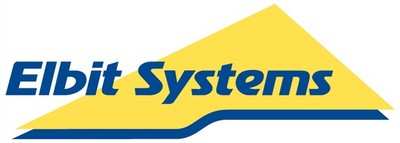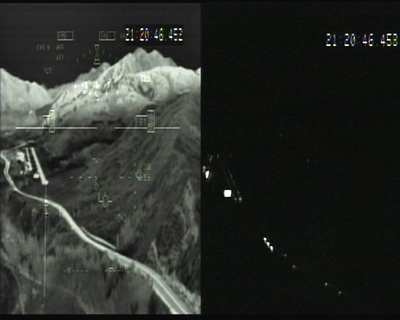Mon, Oct 19, 2009
Elbit Systems of America tells ANN that their 500th Enhanced
Vision System (EVS) is now operating within the Gulfstream family
of aircraft. Kollsman and Gulfstream began their mutual commitment
to this industry leading technology eight years ago and today there
are 464 Gulfstream aircraft flying with EVS I and 36 Gulfstream
aircraft flying with EVS II. Additionally, Elbit notes that EVS is
a 'key enabler' in the Air Transport market, with plans to install
EVS in all FedEx aircraft.

Gulfstream and Kollsman made history by certifying the first EVS
on business jets in 2001, and with the recent certification of the
G-150, the Kollsman EVS II is now offered as a standard fit or
option on all Gulfstream models of aircraft.
Elbit Systems of America President and CEO Raanan Horowitz
stated "We appreciate our long standing relationship with
Gulfstream and will continue to work with them towards new EVS
technologies that enable FAA Next Generation requirements".

Using a cutting edge infrared sensor, the Kollsman EVS II offers
a pilot advanced situational awareness by creating a video image of
the environment during the most critical phases of flight; taxi,
takeoff, approach and landing. Enhanced Vision equipment returns
the pilot to virtual VFR conditions in darkness, fog, rain, snow,
haze, dust or pollution. This task is accomplished by sensing the
smallest temperature differences (>5mK) in the environment and
translating them into a real-time image.

The FAA and EASA continue to make ground breaking changes to the
regulations reflecting the safety benefits of EFVS technology. An
Enhanced Flight Vision Systems (EFVS) projects the conformal image
of the surrounding environment on a Head Up Display and provides
significant operational benefits. Under EASA rules, EFVS equipped
aircraft can now begin the approach even if the actual visibility
is 1/3 less that what is required for that approach. In the United
States, aircraft can descend to 100 feet if the runway environment
is visible through the HUD.

"The aviation industry is watching EFVS technology closely in
anticipation of new regulations allowing operators even greater
operational benefits in low visibility conditions such as taxi,
reduced takeoff minimums and an increase of the lower landing
credit to the point of touchdown," said Horowitz.
More News
From 2021: The Inside Skinny On What Being An ANN Oshkosh Stringer Is All About By ANN Senior Stringer Extraordinare, Gene Yarbrough The annual gathering at Oshkosh is a right of p>[...]
Video Showed That During The Takeoff, The Nose Baggage Door Was Open On May 10, 2025, about 0935 eastern daylight time, a Piper PA-32RT-300, N30689, was destroyed when it was invol>[...]
Get The Latest in Aviation News NOW on Instagram Are you on Instagram yet? It's been around for a few years, quietly picking up traction mostly thanks to everybody's new obsession >[...]
"I think what is key, we have offered a bonus to air traffic controllers who are eligible to retire. We are going to pay them a 20% bonus on their salary to stay longer. Don't reti>[...]
Aero Linx: Pilot Briefing The gathering, translation, interpretation, and summarization of weather and aeronautical information into a form usable by the pilot or flight supervisor>[...]
 Oshkosh Memories: An Aero-News Stringer Perspective
Oshkosh Memories: An Aero-News Stringer Perspective NTSB Prelim: Piper PA32RT
NTSB Prelim: Piper PA32RT ANN FAQ: Follow Us On Instagram!
ANN FAQ: Follow Us On Instagram! Aero-News: Quote of the Day (05.28.25)
Aero-News: Quote of the Day (05.28.25) ANN's Daily Aero-Term (05.28.25): Pilot Briefing
ANN's Daily Aero-Term (05.28.25): Pilot Briefing






